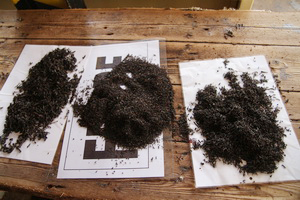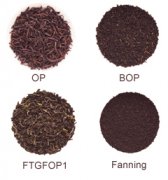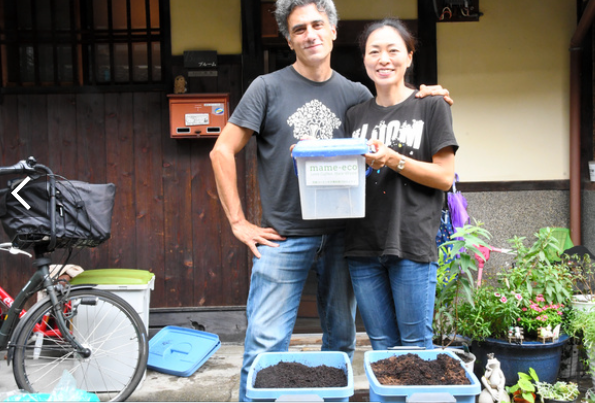The difference between BOP, BOPF and CTC of Ceylon black tea
1. OP(orange Pekoe) The word OP here has nothing to do with the type of tea or the taste of the tea. Although the word "orange" is used, the whole phrase has nothing to do with the taste of oranges. It simply refers to the size and shape of black tea. What exactly does OP mean? The most common explanation is that it refers to those thin and straight leaves, about 7-11 mm, with white hairs (tips), which can appear pale orange after brewing. 2. BOP(Broken Orange Pekoe)BOP is usually interpreted as OP class blades, cut into small pieces of 2-3 mm in length. Compared with other leaves, the finished broken leaves contained the most shoots. However, there is no uniform standard for BOP grade in the world, and it may vary according to different production areas and recovery seasons. OP tea is processed differently from BOP tea; the latter is produced by crushing OP leaves under high pressure. 3. BOPF (Broken Orange Pekoe Fannings) Fannings(F) tea is smaller than BOP tea. This is a broken leaf, about the size of a needle tip (1-2 mm). BOPF tea is darker in color and is usually used to make black tea bags.

4. D(Dust black tea)Dust(D) is the lowest grade tea produced by CTC method, while Dust(D) is tea produced by orthodox method. This size of tea leaves is the smallest fragment left after sifting, sometimes referred to as "gold dust," and is used only to make tea bags. 5. CTC tea CTC(squeeze, tear, twist)(crumble, tear) method has become very popular because of its efficiency and convenience. CTC processed tea leaves can be picked by hand or harvested by machine. When the machine harvests, CTC processes gather the traditional upper two leaves and buds and other leaves on the tea tree. The leaves are then processed through CTC machines, and they always have a broken size.
Important Notice :
前街咖啡 FrontStreet Coffee has moved to new addredd:
FrontStreet Coffee Address: 315,Donghua East Road,GuangZhou
Tel:020 38364473
- Prev

What is pekoe black tea? Why is Ceylon top black tea broken? International classification of black tea
The whole-leaf black tea FOPFLOWERYORANGEPEKOE flower orange and white fragrance is composed of delicate tender leaves and a certain proportion of tips, these tips are the end of the bud leaves, forming a quality guarantee. GFOPGOLDENFLOWERYORANGEPEKOE Golden Blossom Orange
- Next

A couple in Japan receive a ton of coffee grounds a month for the wonderful use of agricultural fertilizer to turn waste into treasure.
Surfing the Internet, I suddenly saw a piece of news [A couple in Kyoto collected coffee grounds by bike and collected 1 ton a month.
Related
- What effect does Italian American coffee with filter paper have? Will coffee taste better if it is put on filter paper at the bottom of the powder bowl?
- What is the color difference in coffee beans? What are the characteristics of honey processed coffee beans? Why are the anaerobically treated coffee beans uneven in color?
- How does novice Xiaobai quickly get started and make coffee? Newbies learn to make coffee by hand and share the specific steps and process process!
- Costa tea has a shelf life of 100 years?! Expert: Unable to verify
- It's a huge uproar! American milk addition was rejected by Manner employees?!
- Mocha pot coffee bean recommendations| How fine and how much powder should be used for grinding? What parameter ratios do I need to use to make milk with Mocha pot coffee?
- What are the characteristics of the world's top ten coffee beans treated with Costa Rica honey? How to make black honey kadura from Tarazhu Pilon Processing Plant taste good?
- How to make deep-roasted coffee? What grinding water temperature does authentic Jamaica Blue Mountain No. 1 coffee use to brew it well?
- Selected high-grade rose summer coffee flavor tasting guide Why Panama rose summer has the aroma of flowers and fruits
- What equipment does a novice Xiaobai need to buy to learn to make coffee? Filter cup electronic scale bean grinder manual flushing pot purchase guide

